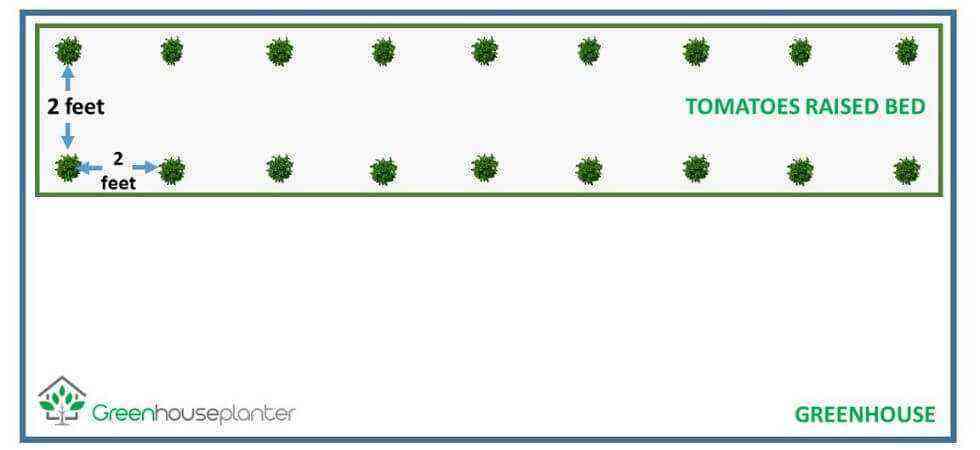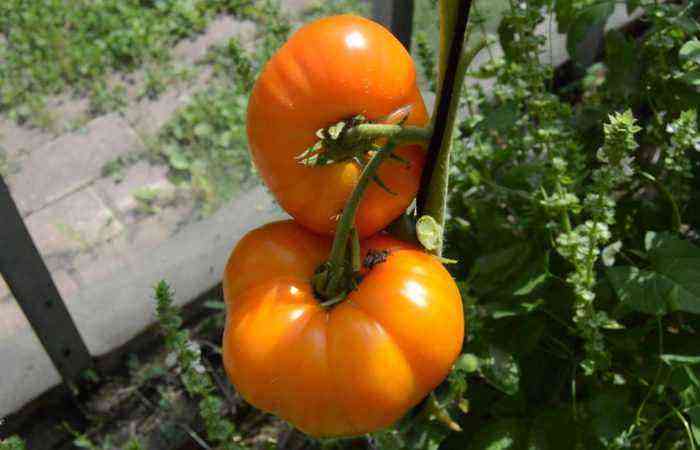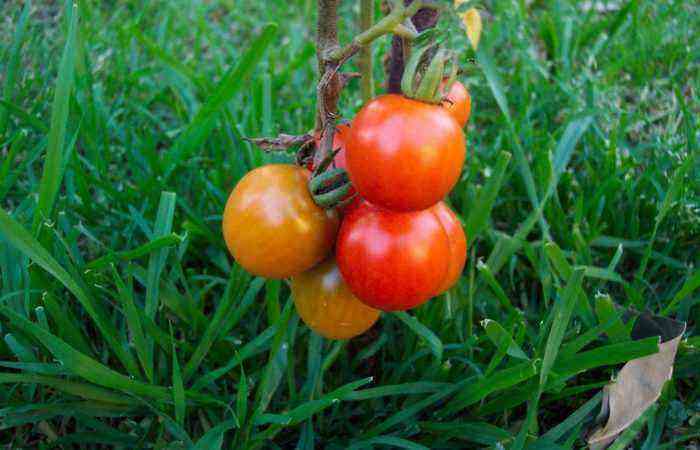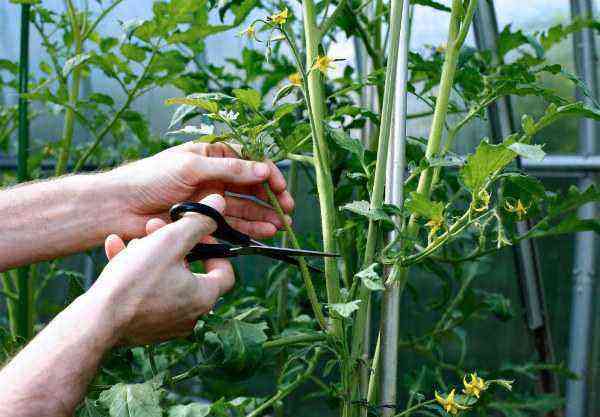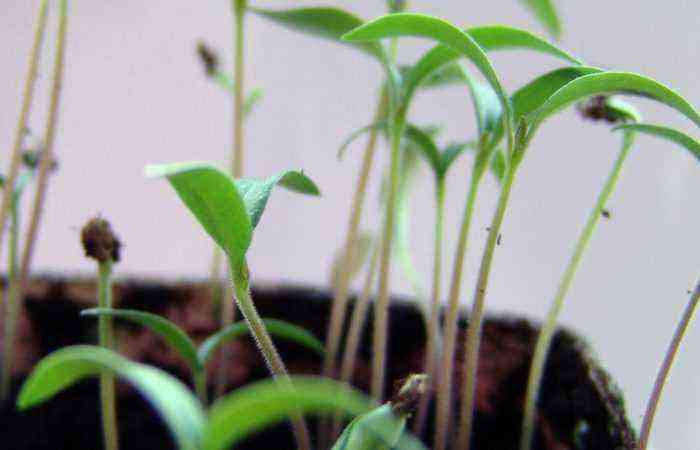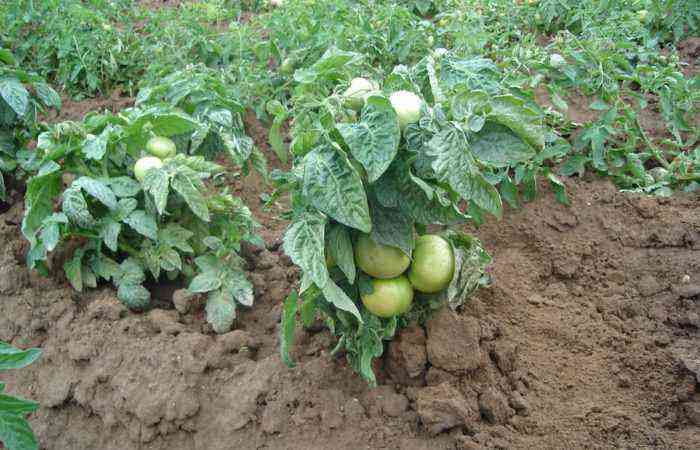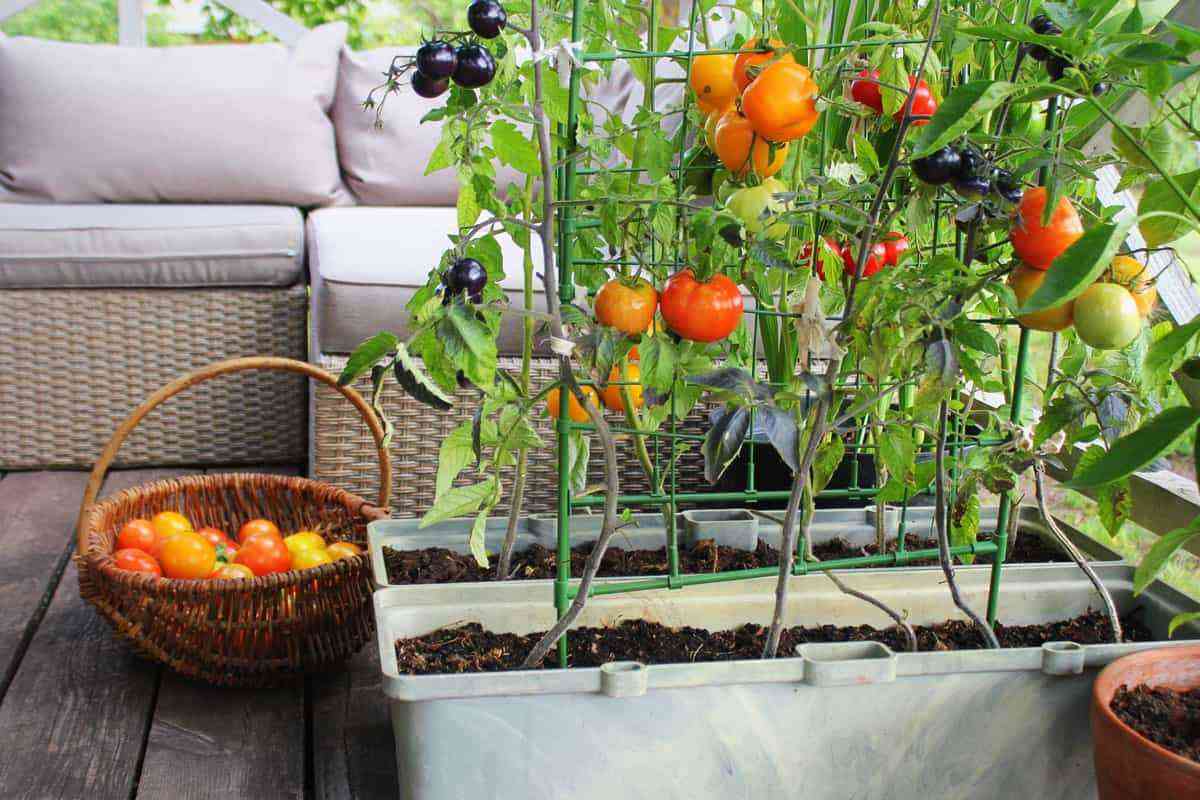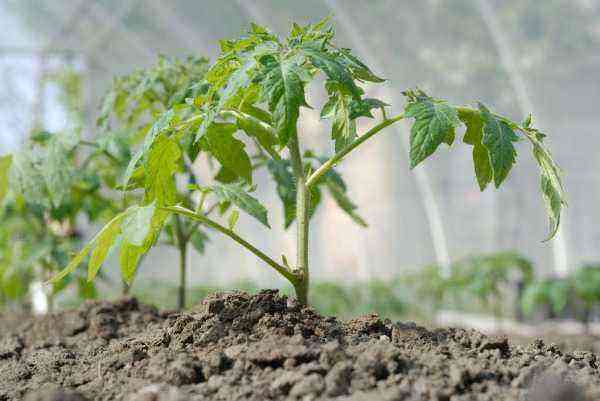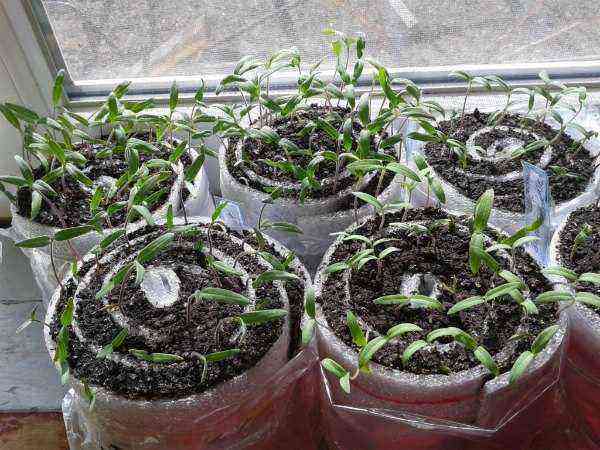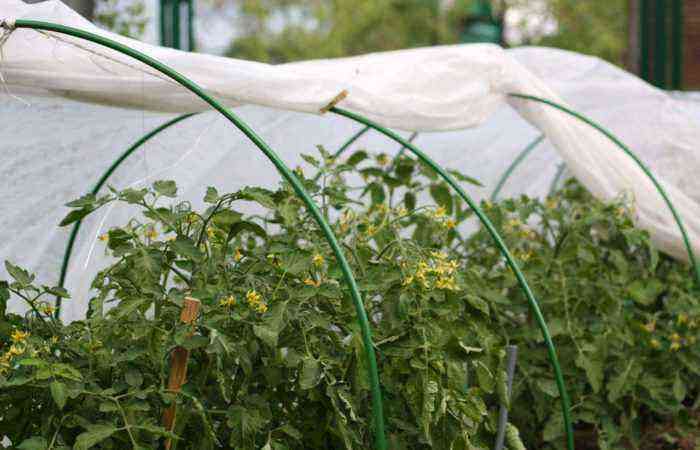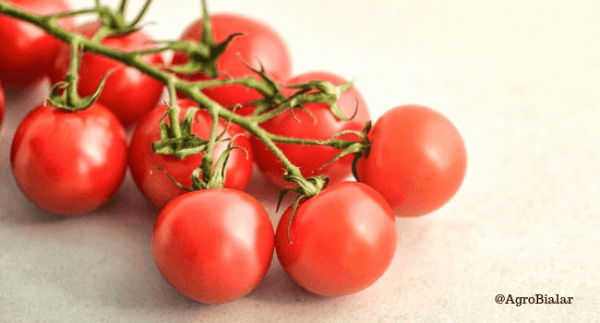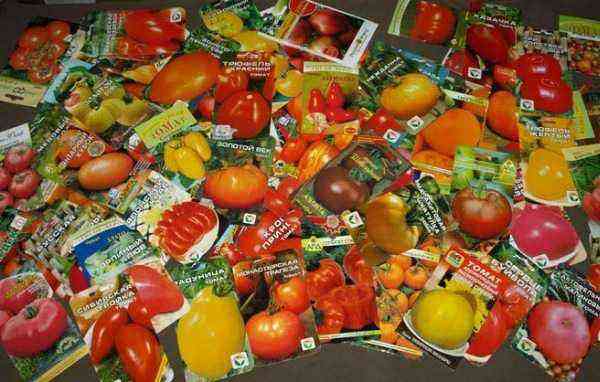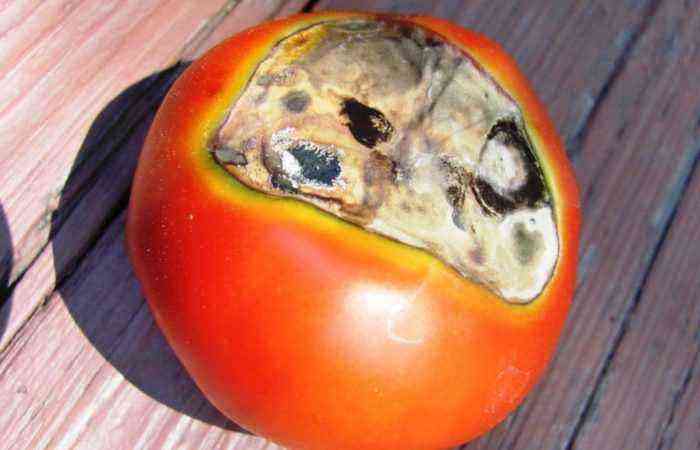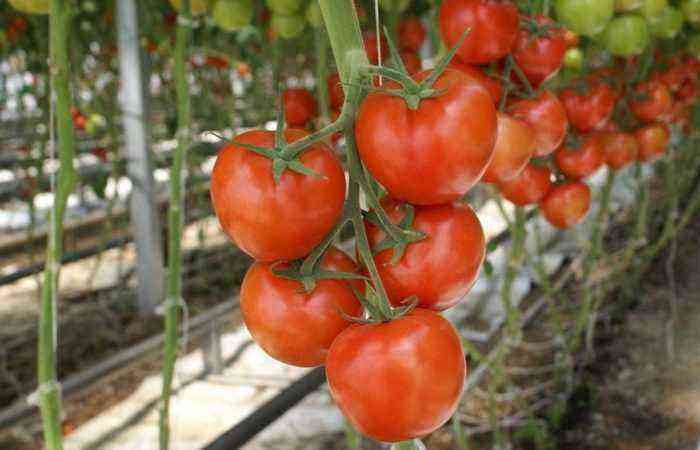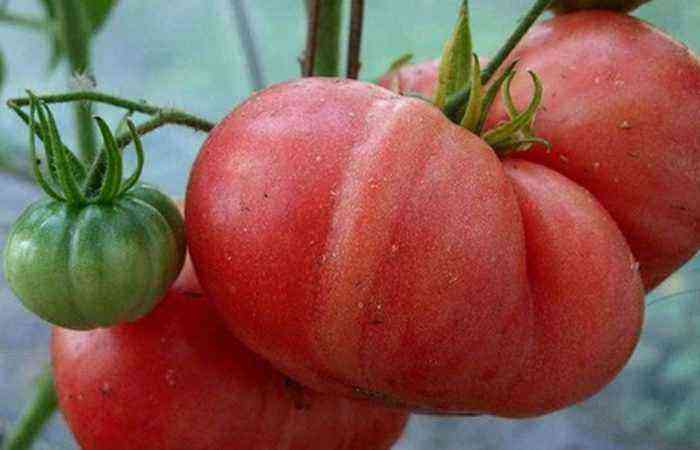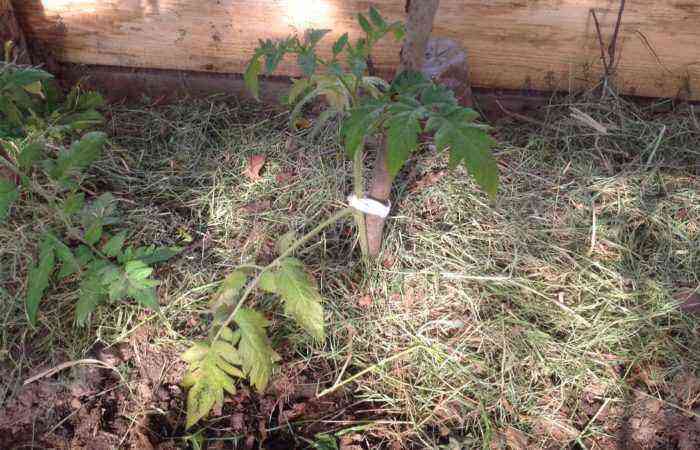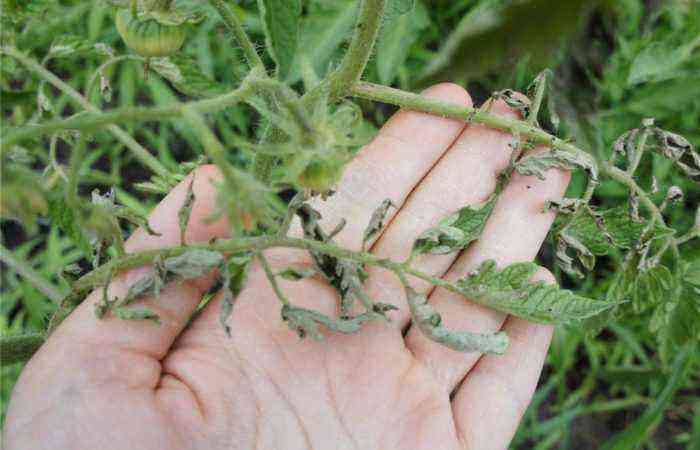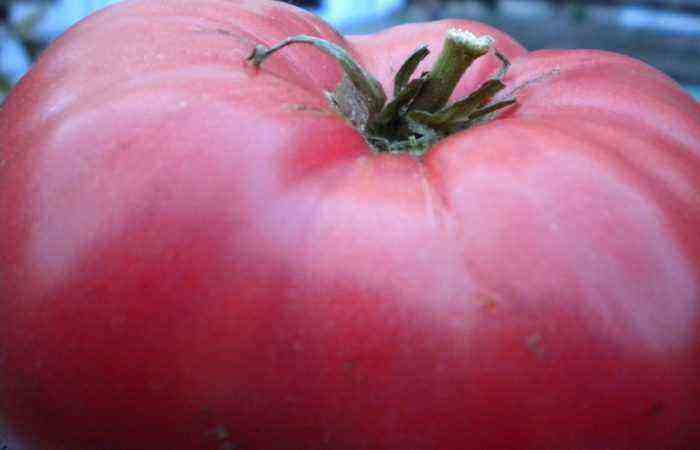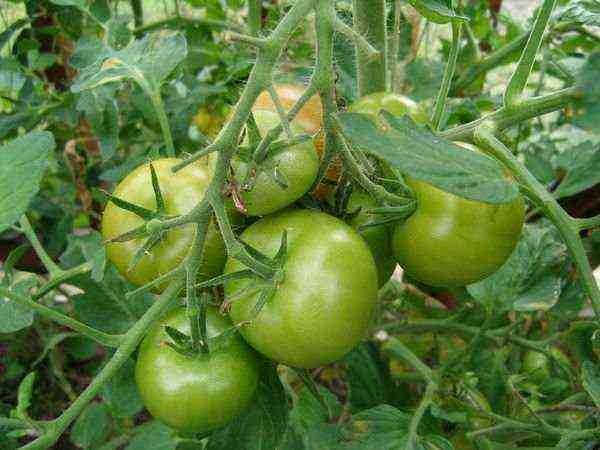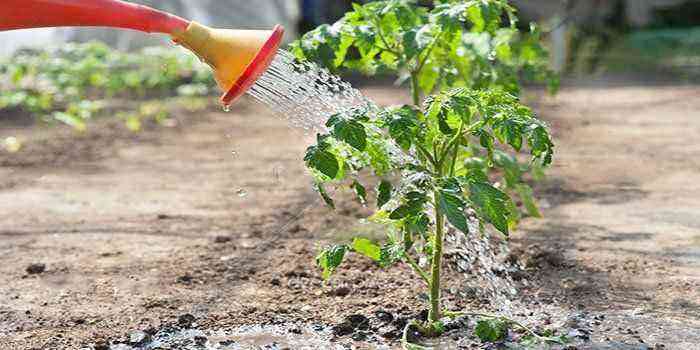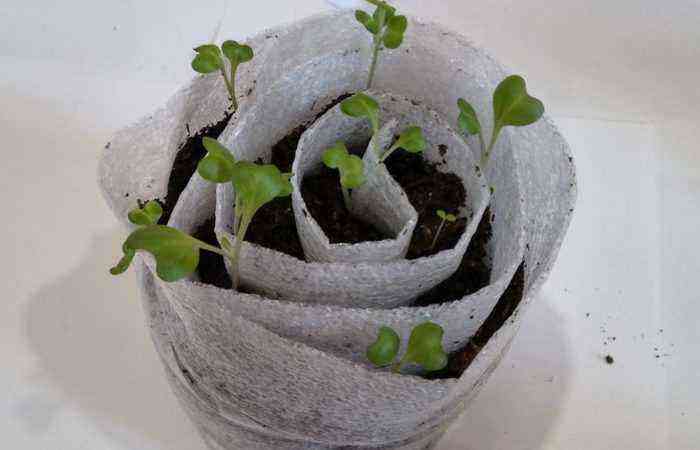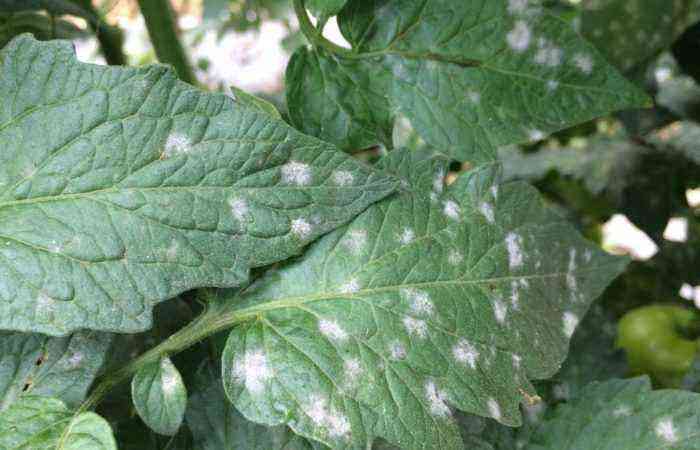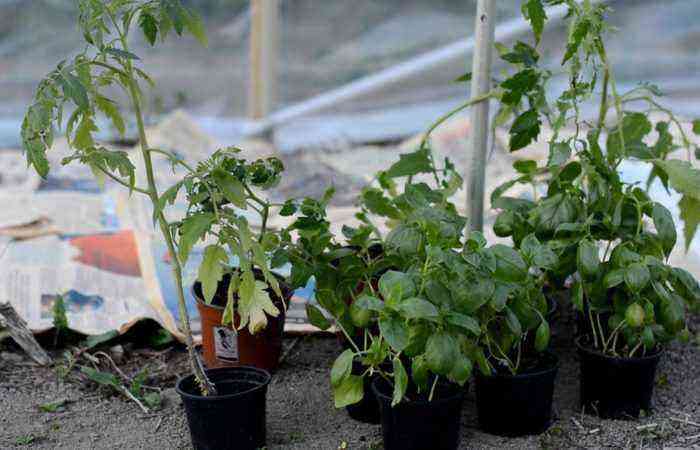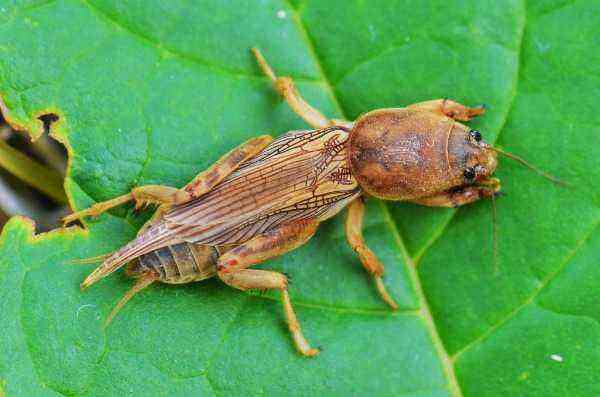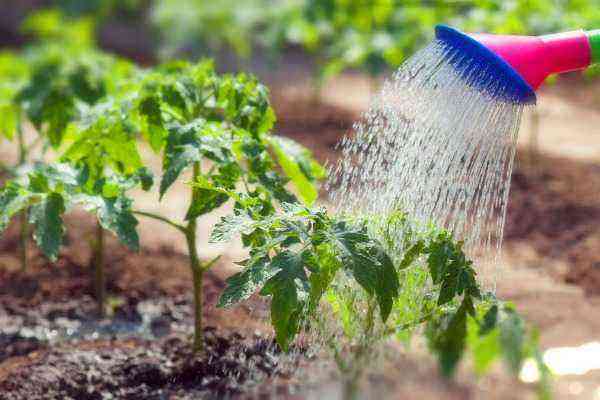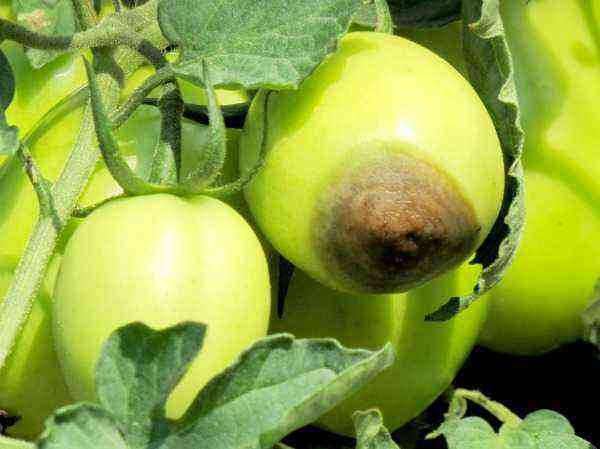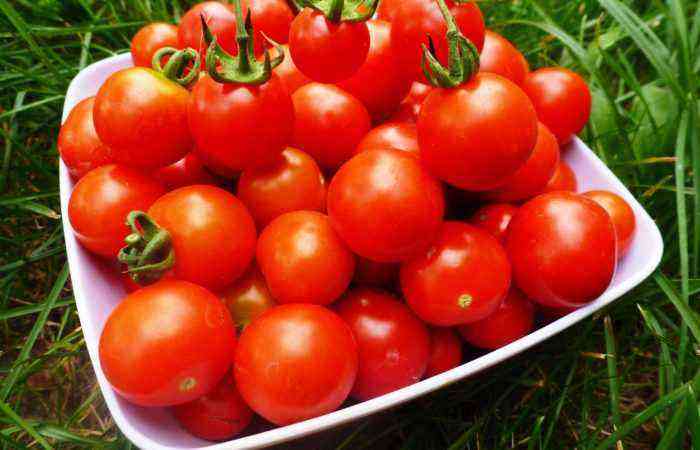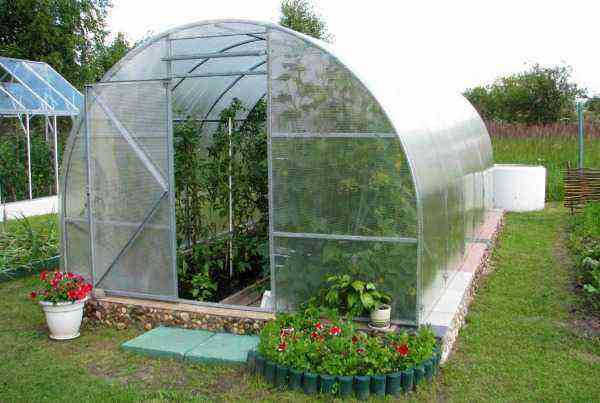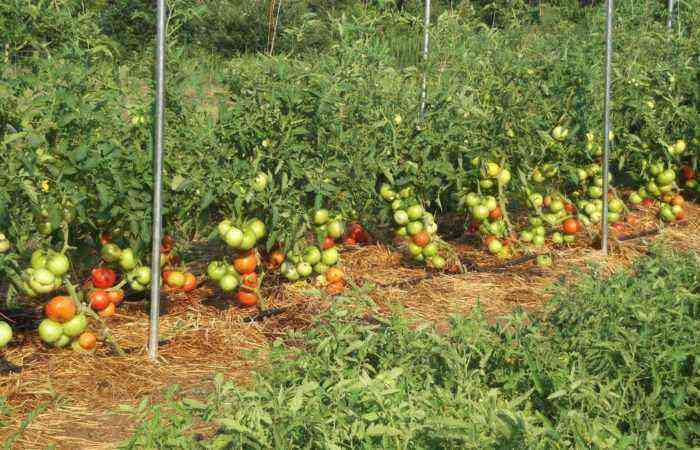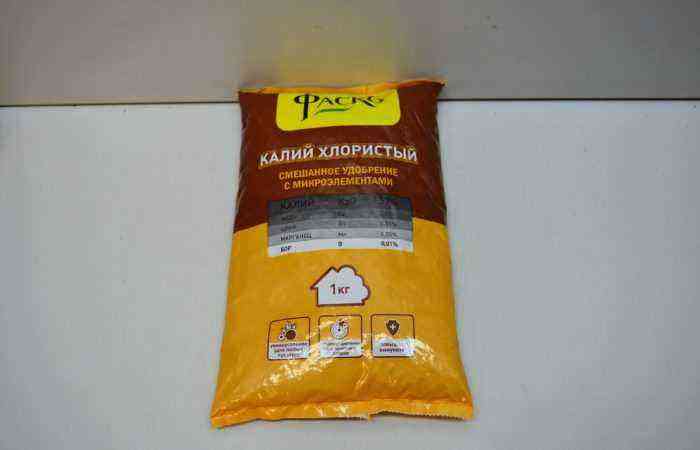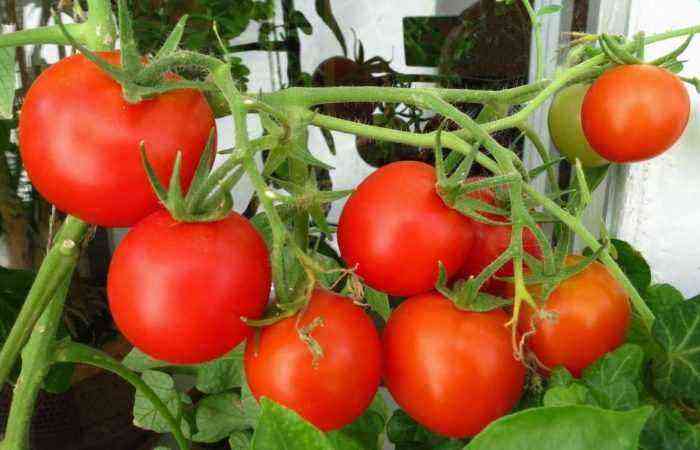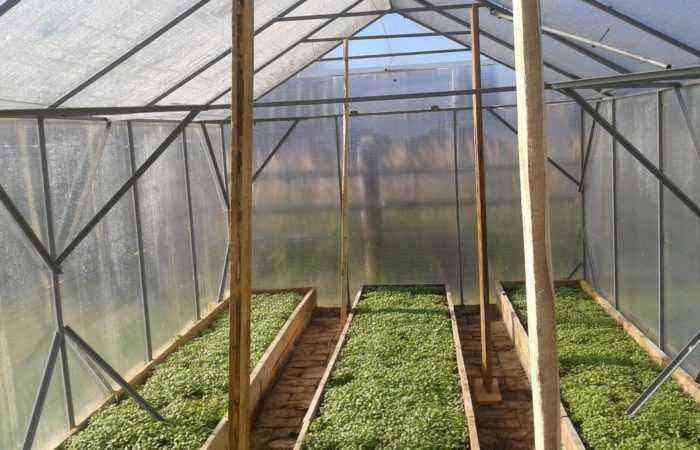Planting tomatoes according to the Mitlider method gives abundant yields from a small area and ensures the rapid growth of tomatoes. The author of the method is an American scientist Jacob Mitlider (1918-2006), an agricultural expert with a doctorate in agricultural sciences.
His way of growing tomatoes combines hydroponic technology (cultivation on nutrient substrates, without natural soil) with traditional farming. In Russia, the technique has been popular for more than 25 years. Technology has its fans and detractors.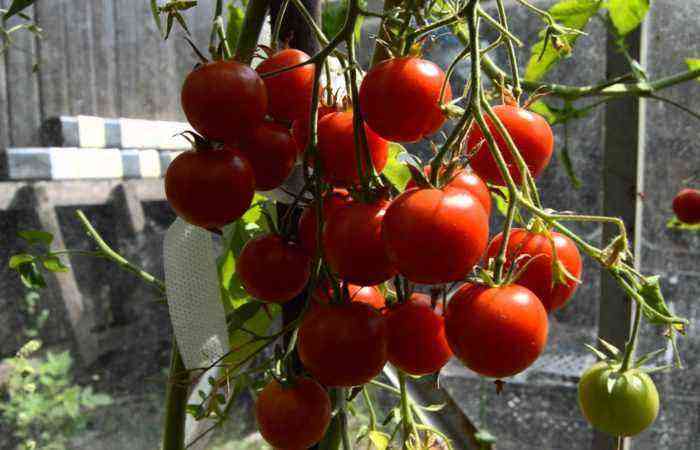
The essence of the Mitlider method
Technology is based on the full use of space, resources and time. Tomatoes are planted densely, supplying them with additional nutrition, which makes it possible to increase productivity.
Within the technology, there are 2 ways of planting plants.
- Growing vegetable crops in narrow beds. It is used for cultivation of vegetables in an open ground.
- Cultivation in boxes-ridges filled with artificial soil mixture. Used in greenhouses and in areas with poor soils. The boxes are made of arbitrary size, but the depth should be 20-25 cm. At the bottom of the box is natural soil, the top layer consists of an artificial fertile soil mixture. Boxes for greenhouses are usually made with a bottom, and for open ground only with side walls so that the roots can penetrate into the natural soil.
Advantages and disadvantages of the method
Like any other method, planting tomatoes according to the Mitlider has its pros and cons.
Advantages of planting in the 1st way on narrow beds:
- Increased yields. Tomatoes are supplied with additional nutrients, as in hydroponics. The difference of the method is that the roots have access to the minerals in the ground.
- Rational use of space, time and labor resources. Material costs for growing tomatoes are minimized, the area of the beds is small, the time and effort for their processing are significantly reduced.
- Balanced plant nutrition. Mitlider has developed a balanced top dressing that includes all the necessary elements for plants. The mixtures were compiled on the basis of 35 years of testing and experimentation.
- Protection from cold, wind and snow. In emergency situations, narrow beds are easy to cover by building film shelters or mini-greenhouses.
- Economical use of water is especially important in dry years. Water is supplied only to the root system. The irrigation area is smaller than in classic beds.
Benefits of drawers:
- Productivity does not depend on the quality of local soils, boxes can be installed on any site.
- Requires a small area.
- The method provides a balanced nutrition of tomatoes, good drainage and aeration of the roots.
- The soil in shallow boxes warms up quickly in the spring in the sun, lengthening the growing season.
- The earth in the boxes is loose and moist, which allows the roots of tomatoes, having passed through a layer of artificial soil mixture, to reach the natural soil.
Disadvantages of the method:
- Swampy, sandy and sloped areas are not suitable for the use of narrow ridge technology.
- In shaded gardens, the yield is reduced by 3-4 times.
- Forming beds is more difficult than with the usual method of growing tomatoes.
- It is difficult for novice amateur vegetable growers to properly compose fertilizers, since they include many components.

What varieties of tomatoes can be grown according to Mitlider
Planting tomatoes according to Mitlider is applicable for growing determinant (with limited growth) and indeterminate (tall) varieties.
It is traditionally believed that in temperate climates, low-growing varieties can be grown in open and closed ground, and tall ones only in greenhouses.
However, breeders have bred many modern early maturing indeterminate varieties that grow well in open beds. Therefore, both methods 1 and 2 are suitable for growing undersized and tall bushes.
Choosing a site for growing
To form narrow beds, choose a perfectly flat area with good lighting. The garden area can be small, about 1,5 acres.
Permanent access to water is required, which will be used for irrigation.
When growing tomatoes in boxes in the open field, the requirements are less stringent. The bed can be placed even on a slope, having previously leveled the platform under it.
Formation of beds
Site preparation includes the following steps.
- Before the formation of beds begins, the site is leveled, bumps and debris are removed.
- Dolomite flour is added to acidic soils. Gypsum is added to alkaline soil.
- Provide good water flow. To do this, the top layer of soil is removed, 20-30 cm of bark and sawdust are placed, then the fertile layer is returned to its place. In the lowlands, the earth is raised by 20-25 cm.
- Rows are arranged strictly from north to south.
- The beds are formed at the same level with the aisles, not higher and not lower.
The structure of narrow ridges
According to Mitlider, narrow beds are 45 cm wide and 9 m long (the length can be changed). On the sides of the beds along the long side, earthen sides are poured with a height and width of 10 cm. The width of the inner part of the bed between the sides should be 30-35 cm. It is also desirable to make sides from the ends. The surface inside is carefully leveled.
With this formation, water does not flow into the aisles and is fully used.
The distance between the beds is 105 cm. This is necessary for good illumination of the plants and enough space for their growth. In small areas, row spacing can be reduced to 75 cm when planting varieties with compact bushes.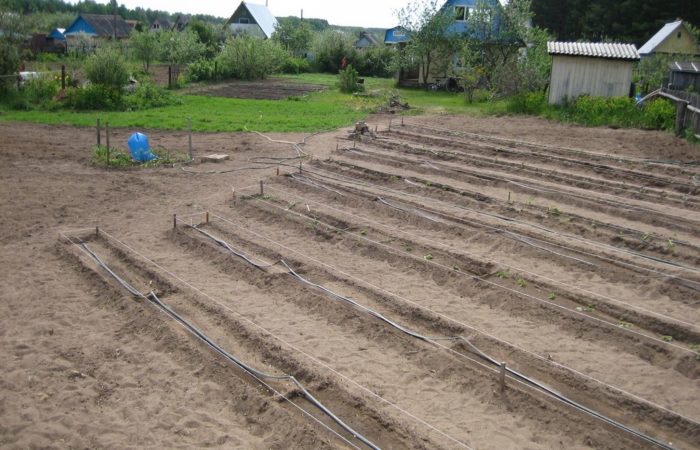
Fertilization using the Mitlider method
The scientist has developed 2 compositions for fertilizing beds and feeding crops during the growing season.
- Mix No. 1 is used as a preplant fertilizer. The components of the first mixture: nitrophoska (450 g), lime, chalk or dolomite (900 g), borax (15 g).
- Mix No. 2 is used before planting and for regular top dressing of crops.
There are 2 versions of this fertilizer.
- Option 1. Urea or carbamide (1 kg), ammophos (600 g), sulfate or calcium chloride (1 kg), magnesium sulfate or bitter salt (450 g), lime or dolomite (400 g), boron and molybdenum (10 each G).
- Option 2. Ammonium nitrate (675g), calcium sulfate or chloride, lime and magnesium (450 g each), nitrophoska (2,7 kg), borax and molybdenum (10 g each).
Before planting plants, the bed is fertilized with one of the mixtures, depending on the type of soil.
After fertilizing, the surface is dug up to a depth of 15-20 cm.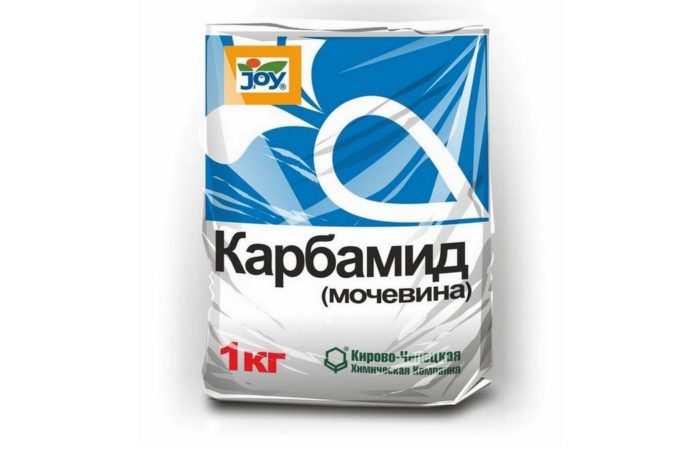
The boxes-ridges, before planting tomatoes in them, are filled with sand, sawdust, perlite, sphagnum moss, pine bark or other improvised materials. Use 3-4 components at the same time. 2/3 of mixture No. 1 and 1/3 of mixture No. 2 are added to the box. The contents are poured abundantly and mixed well. Then level.
Sowing tomato seeds
- For sowing choose large, strong seeds without black dots. Planting is carried out in boxes filled to the brim with loose nutrient soil.
- 2 tablespoons of lime and 15 g of potash fertilizer and phosphate are added to the soil.
- The soil is carefully watered so that a crust does not form.
- Seeds are planted in rows at least 5-7 cm apart to a depth of 1-1,5 cm, carefully sprinkled with soil and watered again.
- The box is covered with burlap or gauze to retain heat and moisture.
- As soon as the first sprout hatches, the burlap is removed and the container is moved to a sunny place.
- Before planting in a permanent place, seedlings are watered from a watering can with a weak solution of fertilizer No. 2 (25 g of fertilizer is diluted in 10 liters of water).
When planting seeds in a warm climate in open ground, a shallow groove is made along one of the sides, the middle of the bed is left free. Seeds are planted individually at a distance of 20 cm from each other.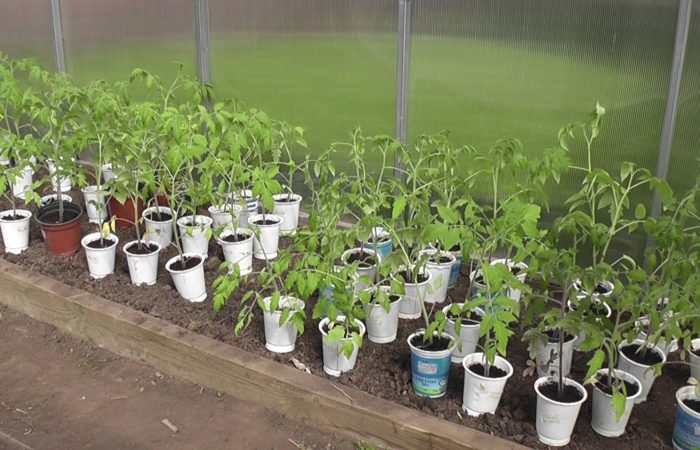
Planting seedlings
Tomato seedlings are planted in a permanent place when they grow 15-30 cm in height (depending on the variety). Sprouts are placed along one side in rows at a distance of 20 cm from each other. Bushes are planted in holes with a large clod of earth, deepening the plants so that at least half of the stem remains on the surface.
Before planting in a permanent place, the sprouts are watered abundantly. For better survival in a new place, seedlings are watered with nitrogen fertilizer dissolved in water. So that tall plants do not obscure small ones, they are placed on the north side of the garden, giving small plants more light.
In the video, the gardener tells how tomatoes planted using the Mitlider method grow in a greenhouse.
Steps for caring for tomatoes
- Watering should be regular so that the soil in the garden is constantly wet.
- Plants are watered only at the root, because when watering by sprinkling, many weeds grow.
- The garter is carried out when the bushes have reached a height of 40 cm.
2 fishing lines are stretched along the beds on the sides, to which each plant is tied with an individual cord in a checkerboard pattern. First tomato to the right line, next to the left line. So the bushes will be better lit. The lower end of the cord is tied to the stem near the ground with a knot so that a free loop remains.
In the process of growth, the stem may thicken, it is important that the node does not interfere with its growth. The bush is wrapped around the rope, and when the plant reaches the wire, the top is pinched.
- To prevent the plants from shading each other, some of the leaves are cut off.
First of all, get rid of the lower leaves and part of the side branches. In tall varieties, shoots are removed, forming bushes in 1 stem. In undersized varieties, shoots are usually left.
- The use of pesticides and nitrates is completely abandoned.
Regular watering, proper nutrition and the natural process of photosynthesis allow tomatoes to independently regulate life processes in the ecosystem.
- Seedlings are fed 6-8 times per season with fertilizer No. 2, diluted in water.
- When tomatoes are affected by diseases, diseased leaves and fruits are removed to prevent the spread of infection.
For the prevention of fungal diseases, with the onset of cold nights, they are treated with foundationazole, ridomil or Bordeaux liquid. Processing can not be carried out during the fruiting period.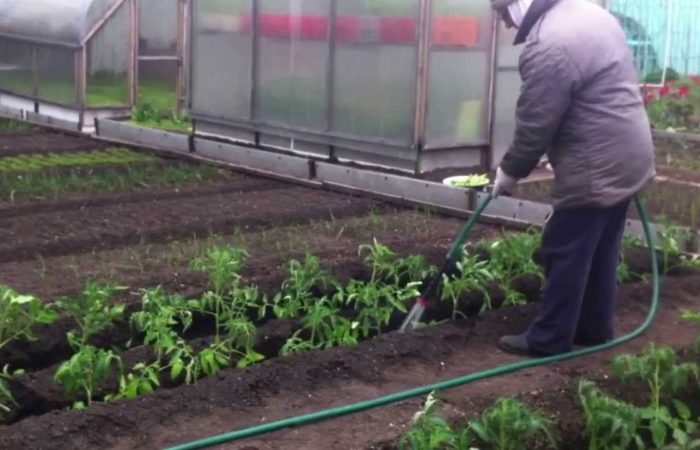
Conclusion
Jacob Mitlider created his own method so that people in different countries do not starve. He believed that you can get good harvests wherever there is water, earth and sun. He demonstrated the first developments in Australia. He stayed in Russia for 7 years, organizing a training center where everyone who wanted to master his technology was trained. Planting tomatoes and other vegetables according to the Mitlider is an economical, efficient, versatile and easy way to grow vegetables that has brought many benefits to people, and in some countries even helped to avoid hunger.
